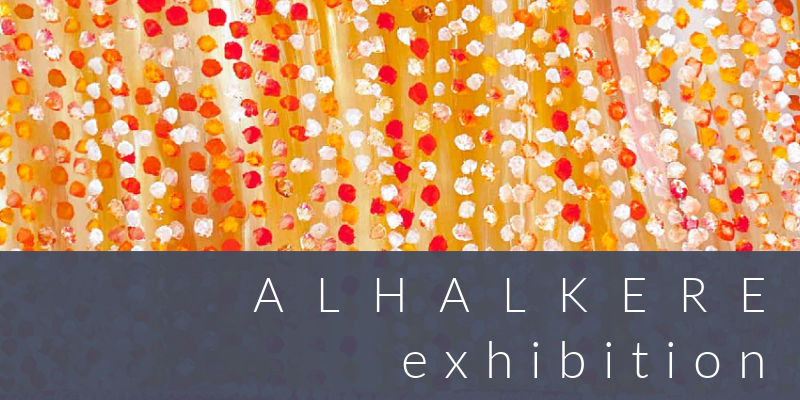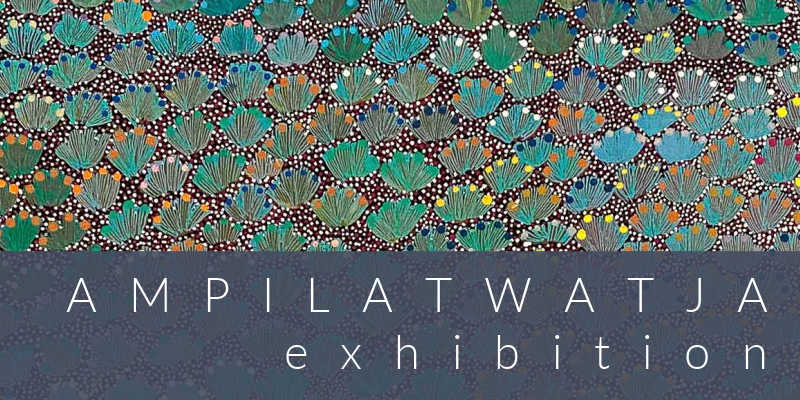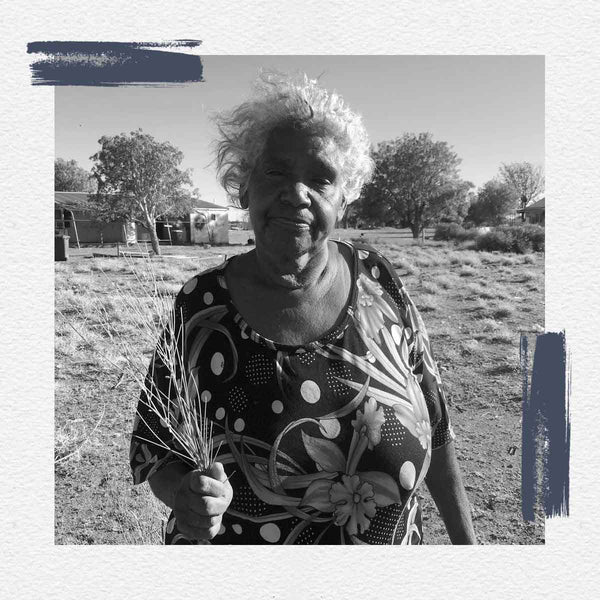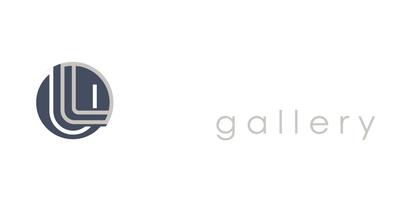Your Cart is Empty
Paintings
Exhibitions
Subscribe to receive your exclusive preview of exhibitions prior to opening.
You will be able to view and purchase exhibition artworks before they go live.

Current Exhibition

Past Exhibitions
Subscribe to receive your exclusive preview of exhibitions prior to opening.
You will be able to view and purchase exhibition artworks before they go live.
Subscribe
Collections
Artists
About the Artists
Our vibrant and dynamic artists are from the Utopia region; a large remote area of Central Australia which, until recently, had no government funded art centre. As a result of their pioneering efforts, they have one of the strongest and richest art histories.

Explore More Artist Bio's >
About the Artists
Our vibrant and dynamic artists are from the Utopia region; a large remote area of Central Australia which, until recently, had no government funded art centre. As a result of their pioneering efforts, they have one of the strongest and richest art histories.

12 JUL - 16 SEPT 2018
This exhibition showcases a collection of symbolic dot paintings by Utopia artist Maggie Bird in what marks her first solo exhibition.
Artworks depict the Alpar Seed Story and are fed with colour, intensity and symbolism born from strong cultural lore.
Born in 1973 as the eldest of 11 children, Maggie Bird grew up in the southern region of Utopia, an expansive 1,000+ sq km region NE of Alice Springs in Central Australia. Her country is Ilkawerne which spreads across this area and continues south toward Alice Springs, some 150km away. A small bright green plant called Alpar can be found abundantly here.
Alpar
Alpar is the Anmatyerre word for the rat-tail goosefoot or green crumbweed plant (Dysphania kalpari). It is a small herb that produces tiny clusters of flowers that form long spikes, resembling that of a rat tail.
Small black shiny seeds are produced that are high in protein and low in fibre. Because these seeds are so small, measuring just 1-2mm each, the arduous process of collecting them and preparing them for cooking in olden times was a community affair for the women of Ilkawerne country.
And being an abundant and important plant in the area it was sacred and protected; to be used to nourish the people.
Songs would be sung as women collected the alpar in bulk and laid them in a clearing to dry and shed their seeds.
The seeds were then painstakingly collected and cleaned, sometimes soaked in water until swollen, and cooked in the hot coals before finally being ground into a flour ready to be used.

Career
 Maggie has been painting professionally since 1993, but in the shadows of the success of other Utopia artists, normally those older than her.
Maggie has been painting professionally since 1993, but in the shadows of the success of other Utopia artists, normally those older than her.
Maggie has a respectful attitude and a deep care and concern for the wellbeing of her family. She attributes her inspiration and the reason she paints to her grandmother Ada Bird Petyarre.
During the 1990's Ada Bird was one of the most prominent names in Utopia art up until a stroke debilitated her in 2004.
A quiet leader, Maggie finds herself to be a teacher like her grandmother. Not just in an everyday or traditional way. During her 20's and 30's, Maggie was an assistant teacher at Akaye School in Mulga Bore, the main community in southern Utopia, for the younger children of the community.
She would teach subjects such as reading, maths and English which helped her learn and practice these skills herself.
Now, Maggie teaches the art of painting - with the traditions and culture that go along with that. She does this not in a school but within her family and community because painting is a community affair in Utopia; income is often shared, knowledge is shared, culture is shared. Maggie was exposed to this environment from an early age and it's become a profound tradition in itself to many of the people, girls and women especially, of Utopia.
Symbols in Maggie's paintings aren't just symbols. They reflect teaching. They encourage the sharing of knowledge. They embrace the connection between art and meaning.
No products found in this collection

Subscribe to our VIP group for new arrivals, exhibition previews + special features ♥






